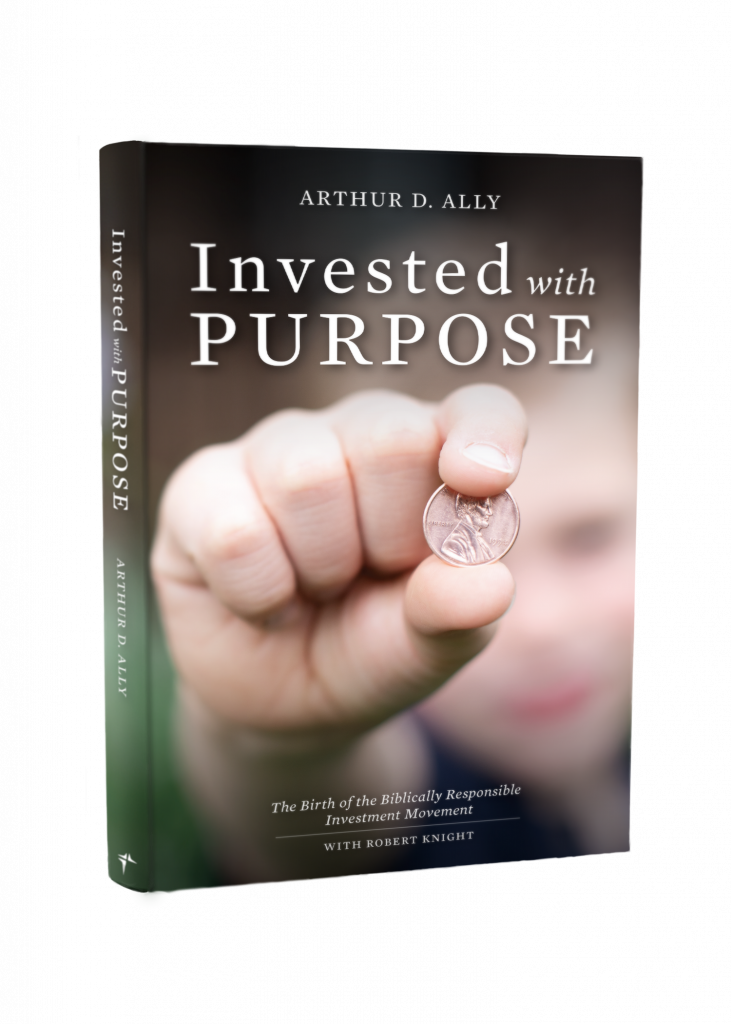The toxic effects of pornography and its effects on the brain, individuals, families and society are so well documented that legislators are finally responding to the evidence.
On Feb. 27, Alabama became the 16th state whose legislature passed a resolution declaring pornography to be a public health crisis.
In Alabama, State Rep. Danny Garret (R-Trussville) sponsored the resolution, warning that pornography leads to sex trafficking, violence against women and other crimes.
“It’s no small matter that fully one third of all states now recognize that pornography is a public health hazard,” Pat Trueman, president and CEO of the National Center on Sexual Exploitation, told the Timothy Plan. “Violence against women, child sex abuse, prostitution, sex trafficking, sexual dysfunction and addiction are just some of the harms indicated by the peer reviewed research on the topic.”
The other 15 states are Arkansas (2017); Arizona (2019); Florida (2018); Idaho (2018); Kansas (2017); Kentucky (2018); Louisiana (2017); Missouri (2018); Montana (2019); Oklahoma (2017); Pennsylvania (2018); South Dakota (2017); Tennessee (2017); Utah (2016); Virginia (2017).
Opponents such as the ACLU contend that there should be no legal restrictions on pornography or obscenity, citing the Constitution’s First Amendment protection of free speech.
“When the clear majority of ‘adult, legal’ pornography is made with trafficked or otherwise coerced women, it becomes ‘protected speech?’ Insanity,” said Greg Rohrbough, director of Education & Government Relations for Shannon Speaks, an anti-Human Trafficking organization.
“We applaud Alabama for following the lead of the 15 other states that are taking this stand, including Virginia, from where we operate,” Mr. Rohrbough said. “We call upon the remaining states and Congress to stand up for their own citizens as well.”
What it Does to the Brain
The harmful effects of illicit sexual activity on the soul and on human relationships have been well known for thousands of years, and are amply documented in the Bible. In recent years, the science of porn’s effect on the brain has come of age.
“Porn affects the brain in ways very similar to harmful substances, like tobacco,” explains Fight the New Drug, a research and advocacy center devoted to educating the public about the harms of pornography.
“Studies have shown that porn stimulates the same areas of the brain as addictive drugs, making the brain release the same chemicals. And just like drugs, porn triggers pathways in the brain that cause craving, leading users back for more and more extreme ‘hits’ to get high.”
Enough Is Enough (EIE) is an anti-porn and Internet safety group founded by Donna Rice Hughes.
“EIE and its coalition partners started a national movement a few years ago to reframe pornography as a public health crisis and to shed light on its social costs and corroding influence of children, women, men and the culture,” Mrs. Hughes told Timothy Plan.
“Peer-reviewed scientific research reveals that today’s extreme online pornography neuro-chemically alters the underdeveloped brain of youth and serves as a fueling factor in sexual violence and abuse of children and women, child pornography, compulsive sexual disorders and sex trafficking.”
She applauded Alabama’s action and said that “more are to come.”
What’s the Big Deal?
Since the 1950s, America’s popular culture often has portrayed pornography and casual sex as harmless vices, and those fighting for decency as prudish “bluenoses.” This, along with liberal court rulings, has allowed pornography to flourish to the point where it is a multi-billion dollar business and the focus of billions of Internet searches.
The rise of widescale pornography, beginning with publication in 1953 of the first edition of Playboy magazine, parallels the increase in numerous social ills, such as divorce, abortion, spousal abuse, prostitution, child abuse, sexually transmitted infections, sexual dysfunction, sexual anarchy, sexual trafficking and disrespect of girls and women.
Children are at special risk since their brains are still developing. With the advent of smartphones and tablets, children can easily encounter graphic sexual imagery. Even when parents are trying to be vigilant, children can be exposed to pornography by classmates or an older sibling.
Think of pornography as a corrosive acid being poured out every day on households all over America. Its link to sexual trafficking of women, girls and boys is no longer in question.
Dawn Hawkins, executive director of National Center on Sexual Exploitation, told the Huffington Post that “the 20+ performers I have talked to (some still involved in porn) have all shared stories with me that they were forced and coerced many times over.
“Drugs, alcohol, physical abuse, blackmail, threats, fake legal documents, deceitful enticing, promises of fame and money and so much more are used to get the girls to perform what and how the producers desire,” she added.
“Not a Penny” for Porn
Since its inception in 1994, Timothy Plan has screened companies to make sure they are not involved in pornography or even indirectly in sexual trafficking. Utilizing eVALUEator, which has scrutinized the vast majority of U.S. individual securities, Timothy Plan’s managers make sure the Plan’s 12 mutual funds and four Exchange-Traded Funds are clean.
Timothy Plan’s Core Beliefs include this statement:
“We believe our bodies and the lives we lead are gifts from our Creator. A healthy biblical lifestyle is a life free from addiction, participation in activities posting potential harm to ourselves or others, and sexual impropriety. Alternatively, a healthy biblical lifestyle protects the sanctity of marriage and sexuality, promotes care of our bodies, assists those who struggle with substance abuse, and strives to promote justice and equality for our most vulnerable.”
Hope for Recovery
The good news from science is that as users refrain from viewing pornography, the artificially widened neural pathways weaken, allowing healing, as other pathways are enlarged via positive content. So, no one should be told that recovery is hopeless.
Under the inspiration of the Holy Spirit, the Apostle Paul wrote the Book of Philippians, which some have called God’s psychiatric manual.
His prescription for good mental health is the same now as it was then:
Finally, my brothers, whatever things are true, whatever things are honest, whatever things are right, whatever things are pure, whatever things are lovely, whatever things are of good report; if there is any virtue and if there is any praise, think on these things. (Phil. 4:8)

How much money is OK to have invested in abortion or pornography?
The Answer is simple.
Not a Penny.
Invested with Purpose is the story of how one man’s vision has led to a revolution: Biblically Responsible Investing.
Available for $1.99 on Kindle.
Published by Nehemiah Project, a ministry dedicated to building Kingdom businesses globally.
A writer for Timothy Partners, Ltd. He is a regular weekly columnist for The Washington Times and Townhall.com and is frequently published by AmericanThinker.com, DailyCaller.com, OneNewsNow.com, and others. He has authored the following books: “A Strong Constitution: What Would America Look Like If We Followed the Law” (D. James Kennedy Ministries, 2018), Invested with Purpose: The Birth of the Biblically-Responsible Investment Movement, and A Nation Worth Fighting For: 10 Steps to Restore Freedom.







